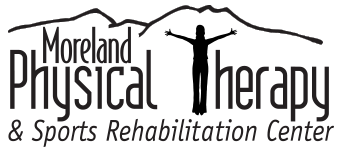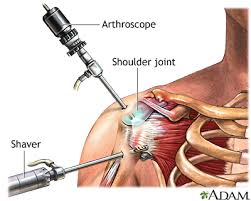Preventing Sports Injuries - Part 1
Sports related injuries are common in today's athletes. Recent research shows that ACL injuries in young athletes are becoming more common, especially in young women. Factors related to the increased injury rate are poor mechanics and poor conditioning or training programs. In addition, athletes are no longer playing in "seasonal sports". This means the athlete is participating in one or two sports throughout the year with minimal to no recovery periods or variation in training.
In order to address the demand on year-round athletes, a proper foundation or conditioning program is important. This involves consistency, progressing athletes appropriately, individualizing training regimes, and emphasizing safety. This is vital to the overall training regime.
The warm-up should be specific for the sport and include stretching, balance, sports specific agility and landing techniques. The primary goal for the warm-up is to help wake up the muscles before requiring the more intense demand needed for playing or practicing the sport. This will train the body to perform appropriately in order to reduce stress to the ligaments, muscles, tendons, and joints. For example, a soccer player should incorporate lower body stretching, agility drills, and work on mechanics of landing during the warm-up so that when he/she is in a more intense playing situation, the body will react appropriately. Research has shown that the introduction of a proper warm-up can help prevent unnecessary injuries.
The cool-down after a training day can help return muscles/cardiovascular system to resting state more slowly. It may help decrease muscle soreness as well. A cool-down does not need to be long, 5-10 minutes will do.
For further information about what is the best warm-up/cool-down for your sport in order to enhance your performance and reduce your risk of injury, please contact your local physical therapist or trainer.

